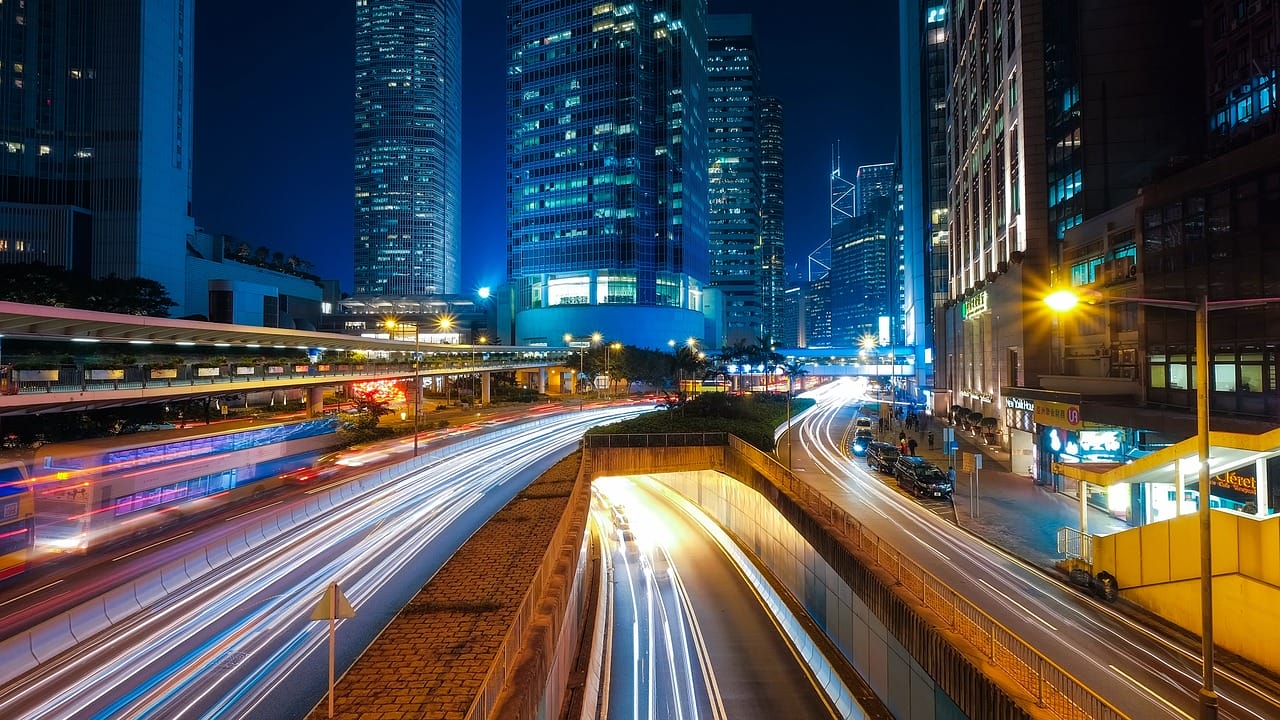Moving to a busy, bustling city is an exciting experience. The bigger the city, the more there is for you to see and experience, with a wealth of opportunities around every corner.
That being said, moving to a busy city comes with a significant challenge: unexpected costs. From securing housing to navigating transportation, city living is often accompanied by expenses that can stretch even the most well-planned budget.
If you’re preparing to move to a major metropolitan area, it’s essential to anticipate these hidden costs so that you’re not caught off guard and left hanging.
1. Unexpected Moving Expenses
While you might have already budgeted for professional movers, there are a lot of unexpected costs that could derail your entire budget.
Avoid common moving mistakes and keep these unexpected expenses in mind:
- Packing and Unpacking Services: Many companies charge for packing materials such as boxes, tape, and bubble wrap. The cost of this convenience is often underestimated. Make sure to get a detailed quote that includes all of these extras so that you’re not surprised when the final bill comes.
- Additional Moving Fees: Moving to a city can bring unique challenges. Most movers charge additional fees for long carries (if the truck has to park far from the building) or for maneuvering large items like pianos or bulky furniture. Before booking, confirm whether such charges will apply to your move.
- Insurance: While some basic coverage may be included in your moving package, it likely won’t be enough to cover the value of your belongings. Consider purchasing additional insurance to protect your high-value items and your peace of mind.
- Choosing the Right Movers: Take your time to choose the right moving company. Reliable city movers, especially movers in NYC, are a must. The wrong movers can result in delays, broken belongings, and even hidden fees. A reliable service will give you a clear breakdown of costs and handle your items with care.
2. Higher Cost of Living
The cost of living in cities is higher than in more rural sectors, and the United States is no different. New York City alone is in the top 10 most expensive global cities to live in.
From groceries to utilities, city living requires a larger budget for day-to-day expenses than you might be used to.
Most cities have inflated prices on groceries and dining because urban areas pass on their higher rent and overhead costs to customers. This makes everyday food expenses noticeably steeper.
Utilities in urban areas are also pricier than in smaller towns. Electricity, water, and internet services often cost more, especially in older apartment buildings that are not energy-efficient.
Transportation costs are another significant cost to keep in mind. Even if you don’t own a car, relying on public transportation can still come with a hefty price tag. Monthly passes or pay-as-you-go fees for trains, buses, or subways can easily run into the hundreds each month.
Always account for these additional costs in your budget so that your bills don’t overwhelm your budget.
3. Increased Rent and Housing Costs
Rent is often the biggest expense in city living, but additional housing costs can also take a big bite out of your budget.
In highly competitive city sectors, landlords sometimes ask for larger security deposits than those in smaller towns or suburbs. In some cases, you might be asked to put down two months’ rent upfront – a major expense for even a well-off individual.
Apartment brokers also come with their fair share of fees. They typically charge as high as 15% of the annual rent. There’s also renters insurance, which protects your property from theft, natural disasters, and other hazards.
Always ask for detailed quotes and take your time hunting for brokers and insurance. Look for an affordable but quality alternative to the most expensive options on the market.
4. Lifestyle and Leisure Expenses
Big cities offer a wide variety of events and leisure to choose from, but the cost of participating can add up quickly.
Always be selective about your leisure activities. Consider free or low-cost options like city parks, museums, or community events to keep entertainment expenses in check. Fitness centers are also more expensive in cities. Take time to research affordable alternatives like outdoor workout spaces, city-sponsored fitness programs, or gyms with no-frills memberships.
Lastly, medical services and wellness treatments are generally more expensive in cities. Whether you’re seeing a specialist or going in for a routine check-up, be prepared for higher co-pays and other out-of-pocket expenses.
5. Commuting Costs
Public transit in bustling cities is often more reliable and quick than driving. Unfortunately, it’s not free. A monthly pass for buses or trains can become a significant recurring cost, especially if you’re traveling long distances.
As for drivers, gas prices in cities tend to be higher, parking is more expensive, and vehicle maintenance becomes more frequent due to stop-and-go traffic. Keep these costs in mind when planning your move.
Conclusion
Moving to a bustling city is an exciting experience. There’s so much to do and see, and opportunities around every corner. That being said, it’s essential to prepare for the hidden costs that accompany urban life.
From unexpected moving fees to the higher cost of living, these expenses can quickly add up. By budgeting carefully and planning, you can manage these additional costs without breaking the bank.




